15 April, 2024
Windows
We're in luck. Replacing windows in a multi-family residential building isn't a massive undertaking. However, prior planning for window replacement is necessary to avoid unpleasant surprises. Windows in a multi-family residential building are simultaneously part of the communal structure and our private living space. And that means we'll have to reconcile many interests. Let's see what window replacement looks like in practice.
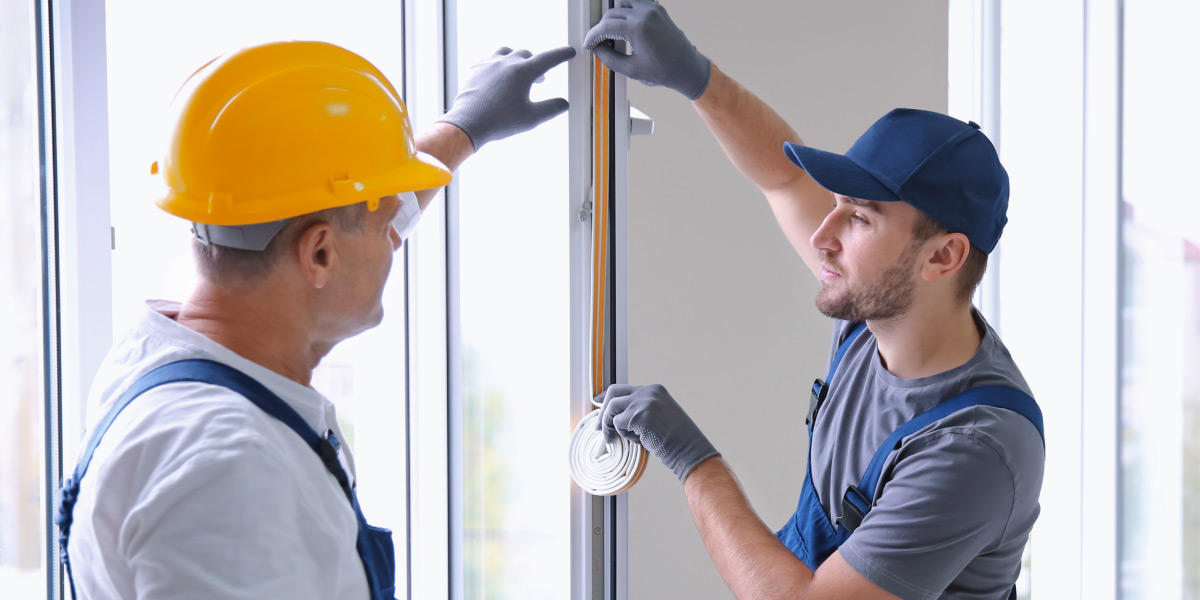
Energy-efficient windows are already present in the majority of multi-family residential buildings. The catch is that they usually have several years on them, and the standards back then were completely different from what we define as energy-efficient solutions today. Technology has advanced significantly, and we now adhere to entirely different standards, which is why there are at least a few reasons to replace windows.
Modern windows are, first and foremost, sealable windows. Depending on how we understand sealing, we distinguish two types of it.
The crucial aspect is that replacing PVC windows with their newer counterparts causes a decrease in heat loss. Individuals who prefer an optimal indoor temperature of 21-22°C will notice only a slight difference, especially if their building is well-insulated. However, those who like maintaining temperatures of 25°C or higher in their apartments and live in well-constructed buildings can expect a significant difference in their heating bills.

Airtight windows also offer better sound insulation. The main factor here is the glazing unit, but the sealing of the window also helps. Typically, replacing plastic windows involves installing better-insulating glazing, and often, the room, once filled with everyday noises, suddenly becomes a haven of silence.
The first PVC windows in multi-family residential buildings were a significant revolution compared to their wooden predecessors. However, set against contemporary proposals, they don't offer much. What can we expect from new windows? The list is long and additionally dependent on the chosen equipment and accessories. New elements, both standard and additional, include:
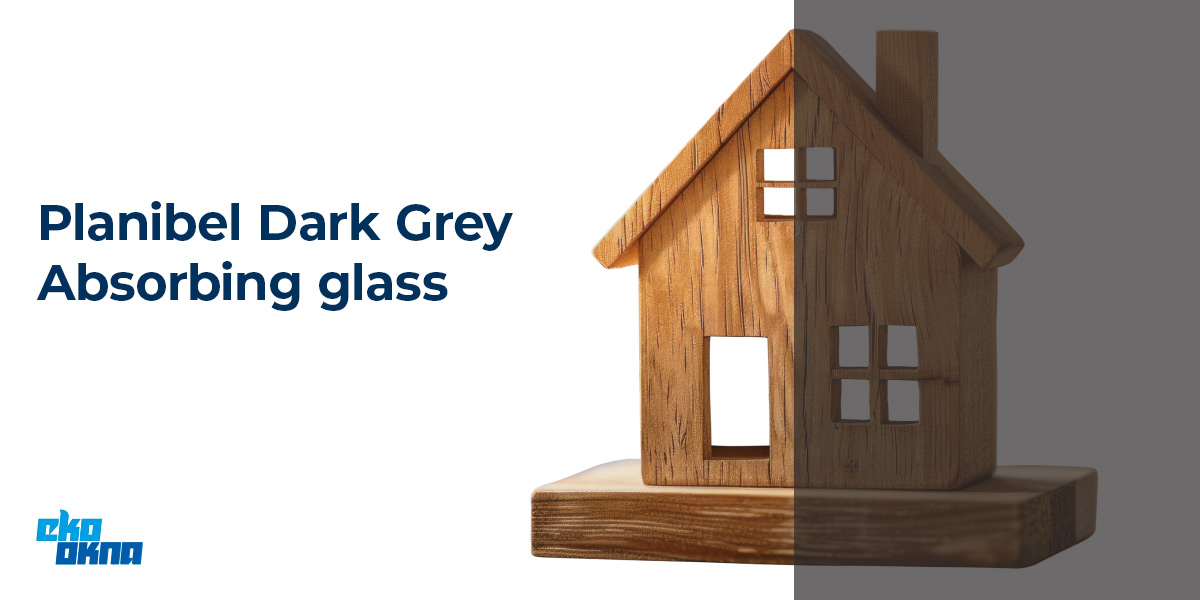
Furthermore, we can go for less commonly used solutions, such as solar control glazing or blinds placed inside the glass. The choice is truly vast.
While our apartment is our own, it doesn't mean that replacing balcony doors, balcony windows, or old windows in general is solely our concern. The building is part of its surroundings and must aesthetically fit into it. Members of the community and cooperative can also collectively impose specific, entirely arbitrary guidelines on themselves, including us.
As a rule, the sizes of windows should not differ. Many investors would like to enlarge them, but this is only possible with the consent of the community or cooperative and meeting other formalities if such approval is contingent upon them.
Unfortunately, we don't have complete freedom here. Beyond doubt, the administrator has their requirements, and additional limitations often arise in local plans. The aim is to maintain the building's appearance consistent and fitting with the surroundings. Installing anthracite-coloured windows when the rest are white is not a good idea.
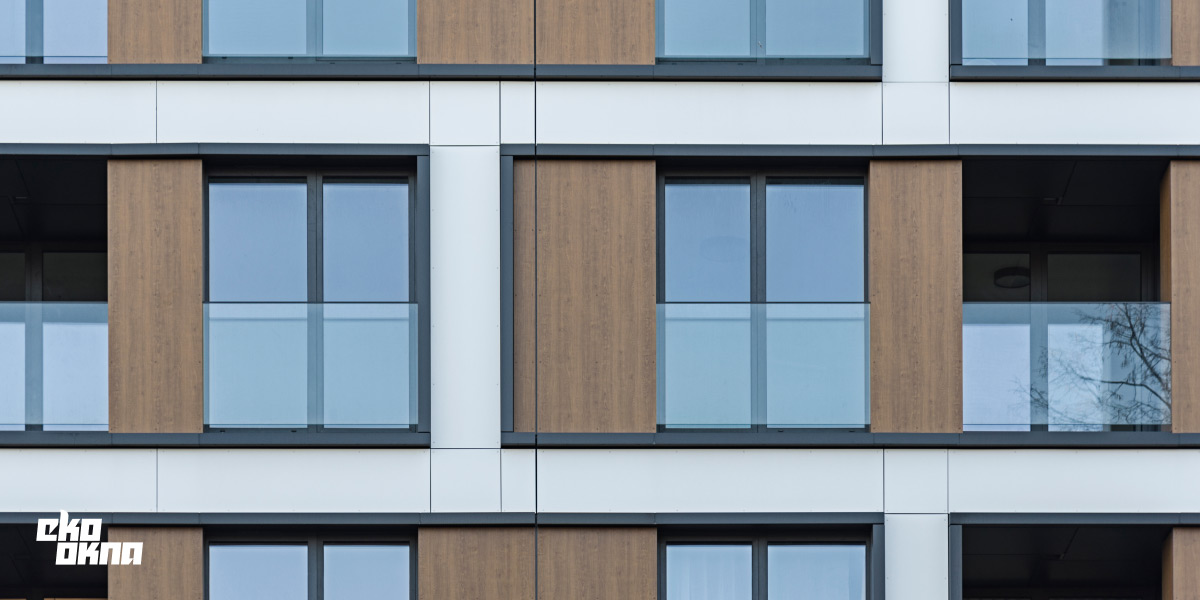
However, colour is not everything. We may also be limited in terms of the material from which the windows are made. Other aesthetic features, such as muntins, may also come into question.
Installing windows requires meeting requirements arising from building code. We cannot choose windows with minimal thermal parameters if we prefer lower temperatures. While these requirements are very liberal in multi-family real estate compared to new single-family investments, the real challenge may lie in achieving adequate ventilation. Air inlets come to the rescue.
Another issue is acoustics. It is a problem mainly for residents of larger cities and neighbours of railway lines and various manufacturing plants.
Such limitations should not be complained about. In a sense, they all protect us from ourselves, ensuring quiet, warm, and well-ventilated interiors.
Often, the key, and sometimes even the only criterion for choosing windows, is the window replacement cost. In the case of multi-family buildings, we can find very inexpensive options that turn out good in terms of parameters and aesthetics. What exactly do we have to choose from?
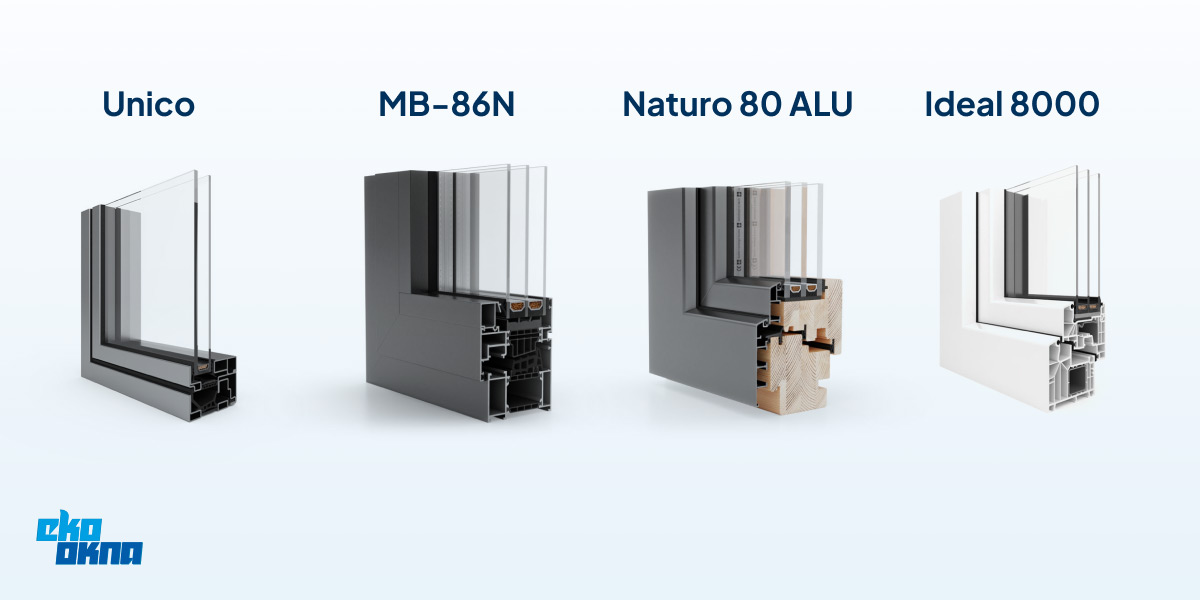
Window frames can be made from various materials. The four most popular types of windows, in order of popularity, are:
The list may vary depending on the region and market segment. There are also various less common options, such as wooden windows with aluminium cladding or those made from wood-plastic composites.
Regarding window parameters, it all depends on the specific system. Both wood and steel can achieve phenomenal thermal performance. With some imagination, we can configure prohibitively expensive PVC windows, too. Therefore, if price is a deciding factor for us, we should establish the desired performance parameters and then start looking for specific solutions.
Good thermal and acoustic performance is the easiest and cheapest to achieve with PVC. For wooden windows, much will depend on the type of wood. There is a spanning price range here. Aluminium provides excellent performance at prices that are not intimidating. Steel is still expensive, but contrary to common belief, it can offer good performance, not just unique aesthetics.
Many modern solutions help us in this regard. One of them, which is always worth remembering, is the option of two-tone windows (bicolour). If our windows must be white on the outside, it's ok. We can have them white. However, we can paint them green on the inside or cover them with a red wood-like veneer if we prefer. In these matters, no one will intervene anymore.
Paradoxically, windows can be too good, especially in older buildings with recently insulated walls, which is what happens precisely. It's not that the windows are too warm because the parameters can never be too good in this regard.
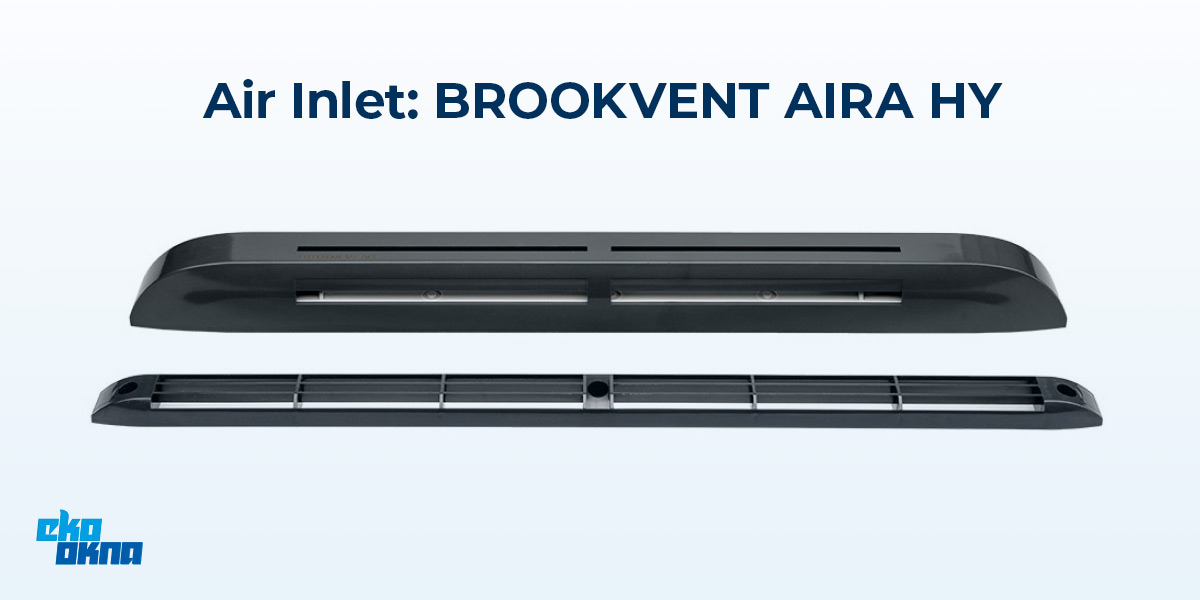
Replacing windows in a multi-family residential building with tighter ones can lead to the appearance of moisture and unpleasant odours inside. This happens due to the lack of air permeability in windows and walls. Especially in buildings made of large panels, architects assumed a low tightness of construction elements. Now, when windows also offer excellent airtightness, air exchange is insufficient.
We need air inlets to prevent it, preferably self-regulating options that respond to pressure or air humidity. Such an inlet, often equipped with a mosquito net and a filter for solid particles, will ensure that the air indoors does not become stale.
Belonging to a housing cooperative entails restrictions but also potential benefits. Most such entities subsidise their members for joinery replacement because it improves the energy efficiency of the entire building and increases its value.
Of course, this is not straightforward. It is necessary to meet requirements regarding the energy conservation of the intended windows, and typically, one must wait for several months. Often, there are other requirements as well.
In parallel, or instead of such subsidies, public programs organised by cities or regions may also exist.
We can apply for funding independently, use the assistance of specialised intermediaries who are experts in obtaining financing, or seek help from installers. Some companies selling and installing windows also assist their clients in obtaining subsidies.
We should start preparing for installation well in advance. It's not so much about preparing window openings but about taking care of all formalities and becoming aware that they exist. Anyhow, let's start from the beginning.
There are many answers to the question of how to replace windows. For example, we can choose popular renovation systems used in countries like France, Belgium, and the Netherlands, where window installation can be done without removing the old window frames. However, most often, removing the old windows is the first step towards installing new ones.
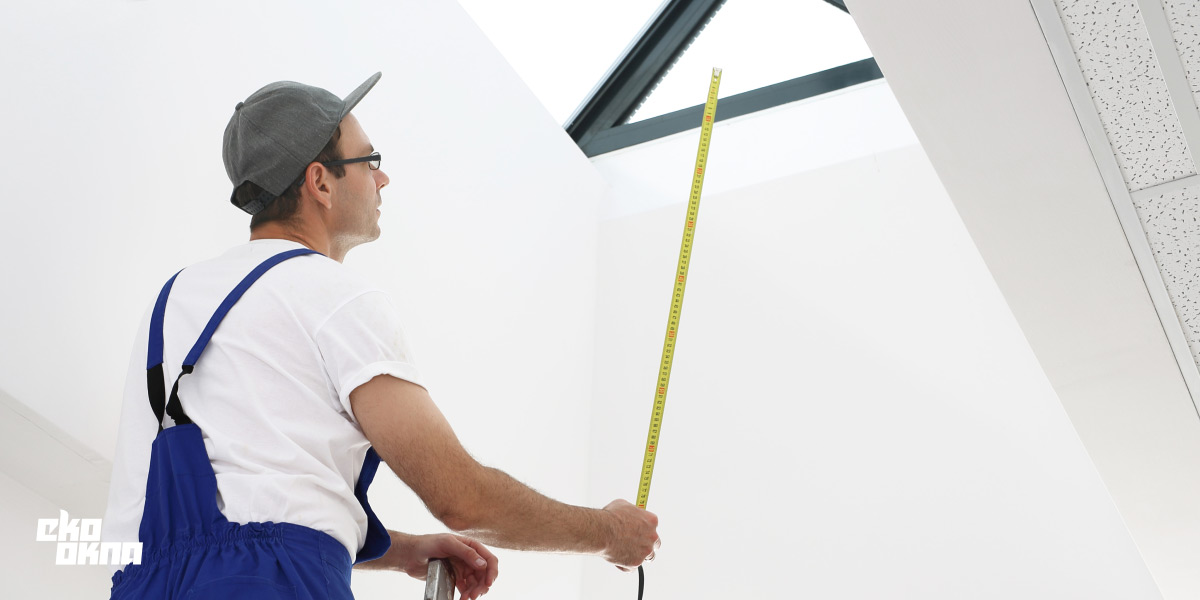
The challenge lies not so much in removing the window, as it is usually quite simple, but in its disposal. We can't simply throw windows away with the regular trash. We need to take them to an appropriate waste disposal site. Local authorities or window distributors, who are usually well-versed in this matter, can inform us about where and how to do this and what costs it may entail.
Moreover, distributors prefer to take measurements themselves rather than rely on the dimensions provided by us. It's worth entrusting them with this task because they are professionals. Window opening measurements are typically taken several weeks before the installation of the new windows, as the obtained sizes are necessary for placing an order with the manufacturer.
Once our new windows are ready for installation, we can remove the old ones and proceed with fitting the new ones.
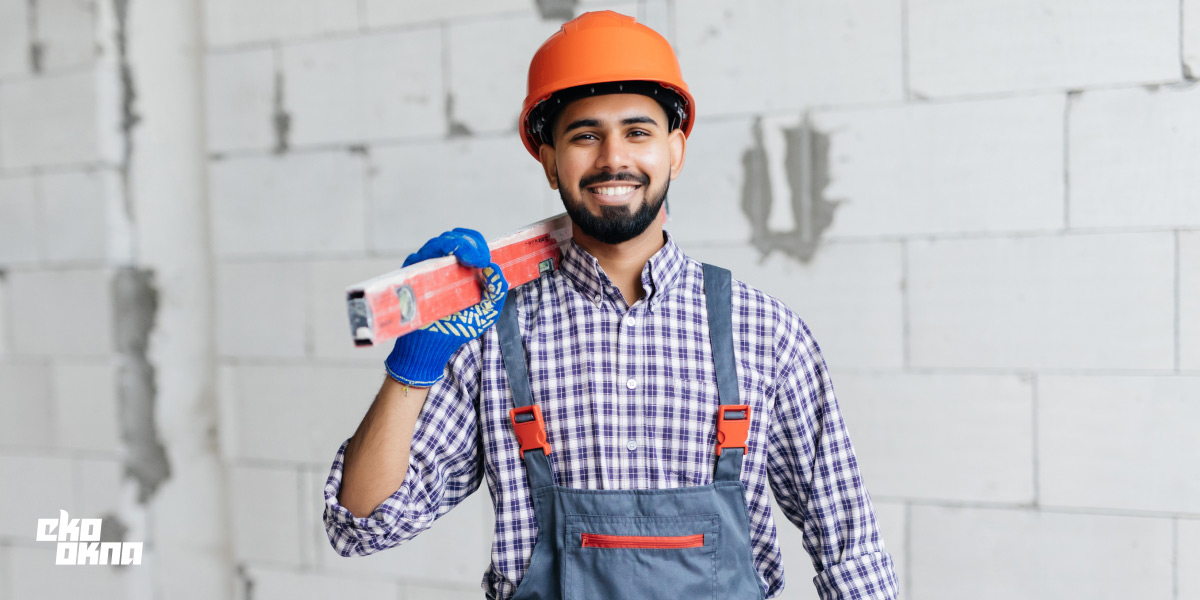
We need to ensure thorough cleaning and levelling of the window openings. The more inaccuracies and unevenness there are, the more polyurethane foam we will need, and the less secure the connection between walls and windows will be. This is a significant mistake that will negatively impact the overall window performance.
At the same time, we can install window sills.
Finally, it's imperative to pay attention to the proper adjustment of windows. Installation teams typically handle this as needed without treating it as an additional service. However, if we notice that the window is not operating smoothly or there are misalignments in its components, we should bring this to the attention of the work crew.
Approximately a month after installation, depending on the method used, the window may settle. In such cases, readjustment may be necessary. If we feel capable and comfortable with some DIY, we can attempt to do it ourselves.
Now it's time to enjoy our new purchase, but there are also a few things worth considering:

From the first day after installation, we will admire the aesthetics of our new beautiful windows. We will immediately feel the difference in terms of thermal comfort. Soon after, we will notice the difference in the heating bill. We will be satisfied with the decision to replace the windows.
Of course, we assume the window installation team is professional and has handled the job excellently. However, this is not always the case. Therefore, it's worth using trusted specialists who have been in the industry for years and have undergone appropriate training. Use our distributor map to hire a dependable crew.

Hotline: +48 32 459 15 00 Contact for new business customers only. Connection fee in accordance with the operator`s price list.
E-mail: quoteuk@ekookna.com newclientuk@ekookna.com Contact for business customers only.
Eko-Okna S.A.
Kornice, ul. Spacerowa 4
47-480 Pietrowice Wielkie
NIP: 6391813241
KRS: 0000586067